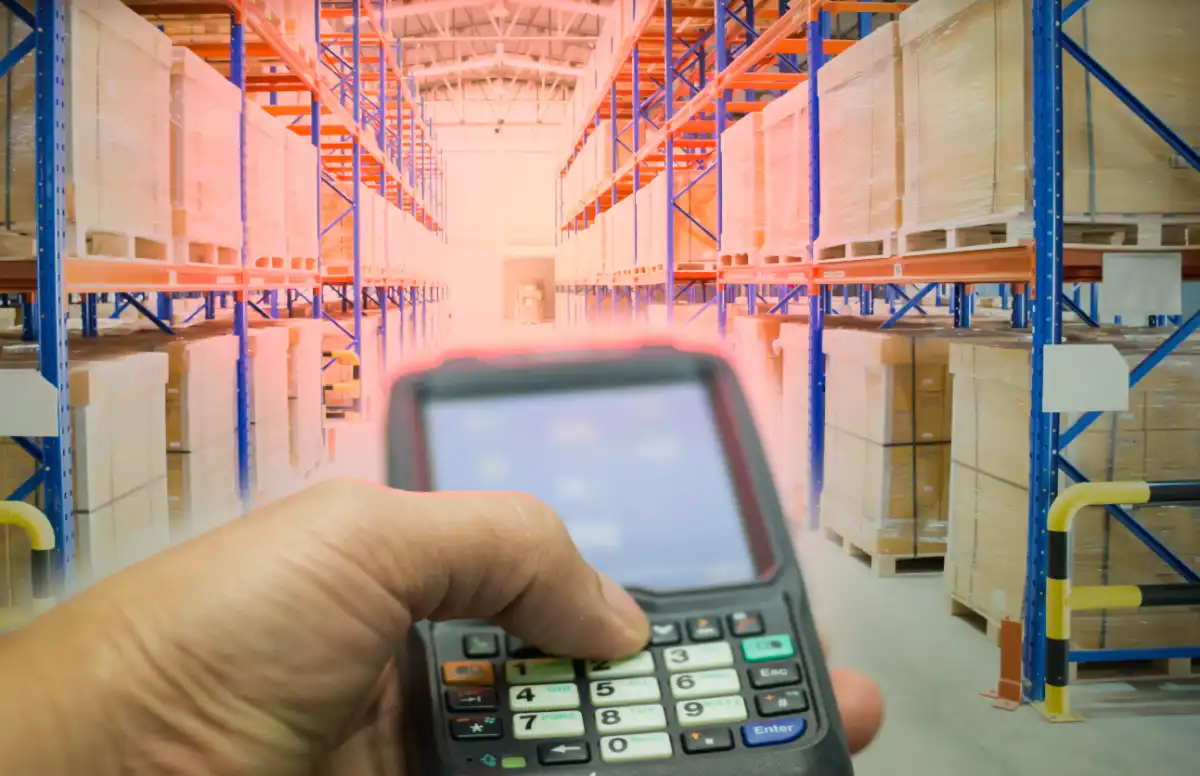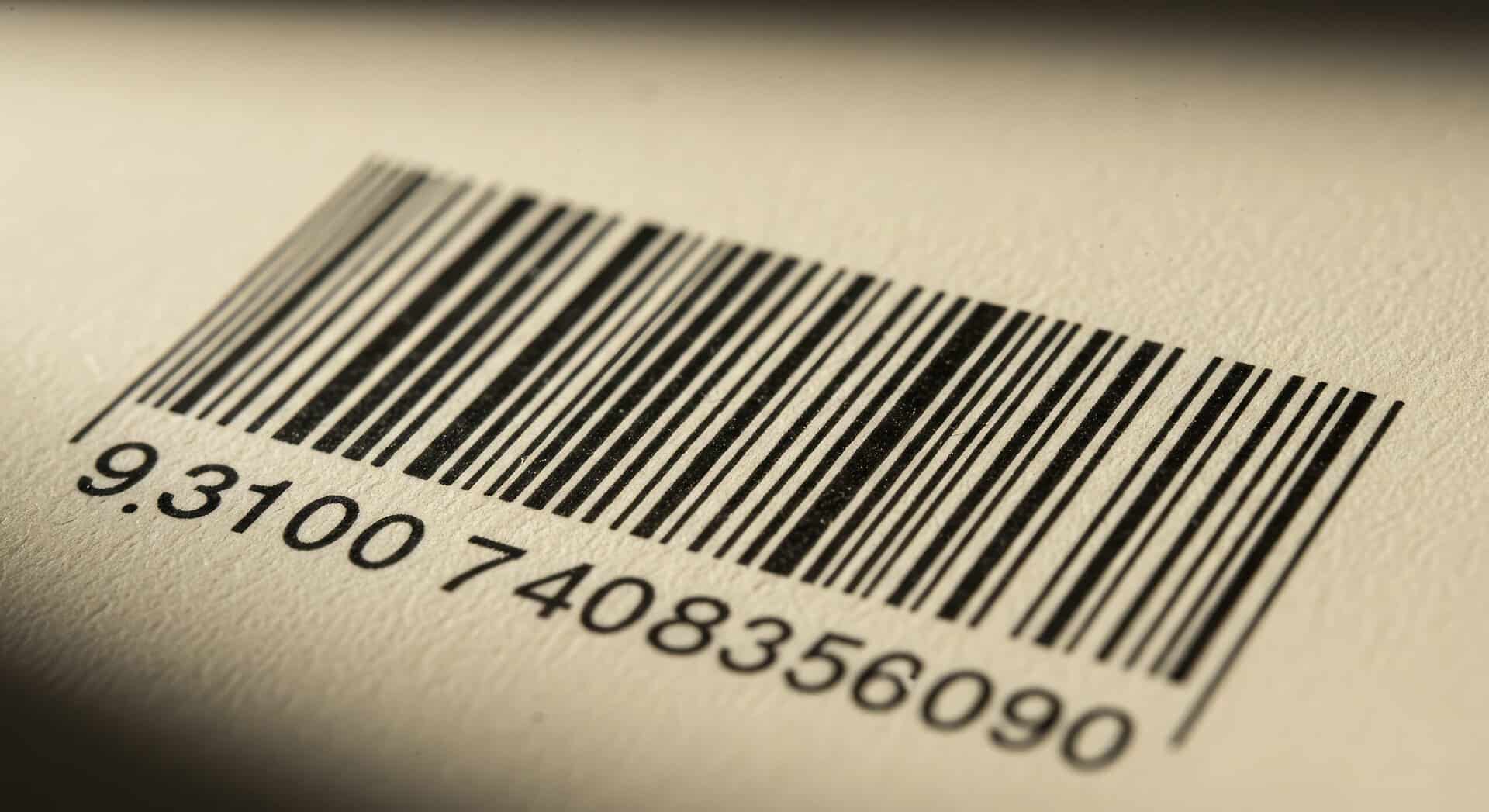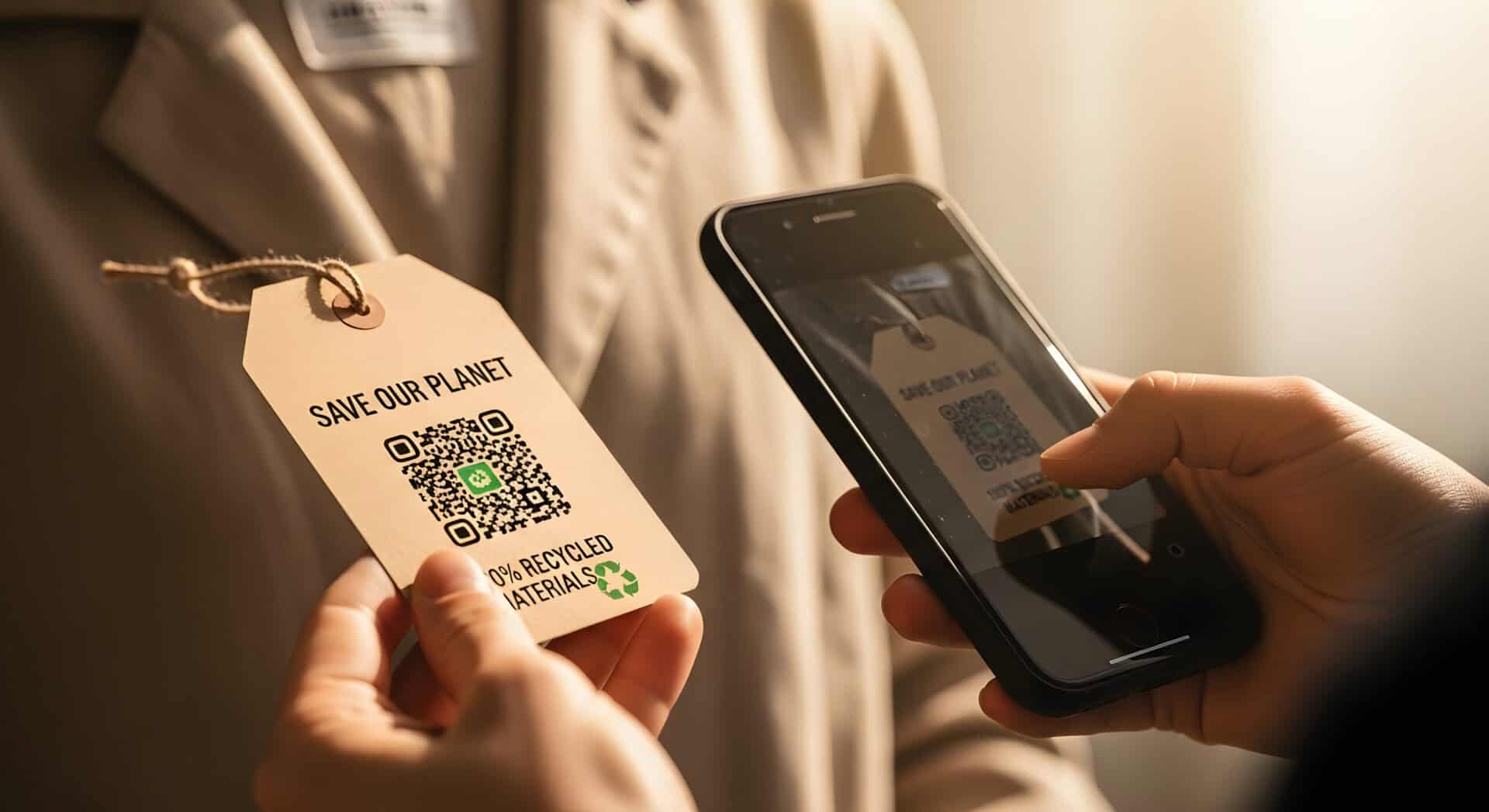Table of Contents
New innovations also mean data generation is growing faster than ever, and organizations need efficient ways to quickly collect and analyze the influx of information. One solution for managing information and data collection that’s being leveraged by most industries is Automatic Identification and Data Capture (AIDC) technology.
What is Automatic Identification and Data Capture (AIDC) Technology?
Automatic Identification and Data Capture (AIDC) technology allows companies to track, record, communicate, and store data quickly. With AIDC devices, minimal or zero input is required from the individual tasked with capturing or retrieving data.
Generally speaking, automatic identification and data capture tools help businesses and institutions quickly and efficiently collect and sort through large amounts of information.
AIDC in Everyday Use
Most people use AIDC-enabled tools every day, even if they don’t realize it. For instance, the magnetic strip on your debit cards and the embedded chip on your credit cards are two examples of trusted automatic identification and data capture methods.
Or, anyone who has filled out a machine-readable lottery ticket, received a package with a digitally printed label, or filled out a multiple-question test sheet with a number 2 pencil, has also encountered automatic data capture tech tools!
How Does AIDC Technology Work?
AIDC technology encompasses numerous types of technologies. This includes innovations, such as smart cards and optical character recognition (OCR) technology, or well-established protocols, such as UPC barcodes on retail products.
Learn more about automatic identification and data capture (AIDC) technology on our blog: |
The common thread linking all AIDC systems together is their ability to instantly:
- Capture data
- Convert captured data into a digital file
- Store the collected information
- Transfer data for analysis and interpretation
Additionally, AIDC tools are generally designed to be small in size, rugged, easily portable, increase user convenience, and withstand harsh conditions without compromising or corrupting its data.
AIDC Technology Tools Commonly Used by Businesses
Barcodes
Barcodes are probably the most readily identifiable form of AIDC technology. Barcodes look like a pattern of lines and are used by retailers, warehouses, consumer goods companies, laboratories, and more, alongside other solutions such as RFID technology.
Barcodes are programmed to represent an item. Each one contains pertinent information about the item, such as:
- Weight
- Price
- Size
- Expiration date
- Manufacturer name
- Other key details
These standards are governed by GS1. GS1 provides unified, international standards on barcodes to ensure that each item is recognizable no matter where it ends up.
When a barcode is scanned by a barcode reader, the information stored within that barcode is instantly relayed to the reader. The user can use that information for many purposes, such as updating inventory data, to track items, or quickly identifying sales information about an item.
Barcode technology is increasingly sophisticated. For instance, companies can integrate their barcode solution with a fixed-assets platform, such as Lowry Solutions Sonaria software, to further enhance their data management processes.

RFID
Radio-Frequency Identification (RFID) is a form of AIDC technology that uses radio waves to automatically collect, track, store, and transfer data and information. RFID tags are small devices containing a chip with an antenna attached. They can be placed on almost any item or surface.
RFID is heavily promoted by the RAIN Alliance. Their aim is to make it easier for businesses to use RFID by creating standards and ensuring interoperability between different systems.
A compelling feature of RFID trackers is that there isn’t a need for direct contact or line of sight between the tag and the reader. This is ideal for inventory tracking in large warehouses or retail stores, as the tags don’t need to be individually scanned for the item to be identified.
For example, RFID equipment can easily integrate with forklift-mounted computer systems to enable fast and accurate tracking of inventory, labor productivity, and delivery status in real-time.
Biometrics
Biometric-based AIDC tech tools combine unique body-identifying technology with enhanced AIDC methods. One example of a biometric AIDC most have experience with is unlocking a smartphone using facial recognition or fingerprint identification software.
Lowry Solutions provides automatic identification and data capture (AIDC) technology in a variety of industries including: |
Other biometric AIDC systems include:
- Voice recognition
- Optical character recognition (OCR)
- Fingerprint identification
- Facial recognition
Biometric AIDCs provide instant authentication capabilities to verify a person’s identity quickly. This is a convenient and effective method of securing sensitive data or digital assets from being tampered with or stolen and is beneficial for medical laboratories and financial institutions or any situation where security access and identity verification are critical.
QR Codes
QR codes are AIDC tools that look like a pattern of small black and white squares and can store large amounts of digital information, such as web links, images, text messages, or even entire contact cards.
To capture the data stored on a QR code, you need a mobile device with a camera and an app that can read them, making them an ideal AIDC solution for small businesses and restaurant owners. QR codes have become widely used in the pandemic to decrease the risk of contact.
Companies have been using them to display online menus, store promotions, and access contactless delivery information.
Magnetic Stripes
Magnetic stripes are another automatic identification and data capture solution with many practical uses. They look like thin lines of magnetic material on the back of bank cards, hotel room keys, and other physical identification documents.
Magnetic stripes record customer information such as their name, address, contact information, loyalty points, or financial information.

Real-World AIDC Technology Examples
AIDC technology is used across most industries to manage and streamline essential product information, asset tracking, and more. Here are some actual use cases that illustrate its practical applications:
Manufacturing
Manufacturers and industrial enterprises are streamlining and automating critical business processes using AIDC technology. For instance, RFID and barcode technology can increase the visibility of finished products and raw materials when used on production floors. This can optimize supply chain efficiencies.
Healthcare
In healthcare facilities, data must be accurate and easily accessible to doctors, caregivers and logistics staff. Hospitals and healthcare facilities are ideal environments for modern AIDC technology and can benefit significantly from the following:
- point of care devices
- RFID trackers, or Tags vs Trackers
- barcode technology
With advanced AIDC technology, healthcare facilities can deliver efficient, accurate and secure client services.
Retail
Asset management and product traceability are vital for retailers of all sizes. Most retail stores have a long history of using barcodes as their primary sales and inventory management solution. Barcodes help keep accurate inventories, reduce theft, manage customer and employee experiences, and more. In addition, modern mobile device management solutions complement these systems by ensuring that handheld scanners, tablets, and other retail devices are securely managed and optimized for smooth operations.
RFID tools are becoming more readily used in retail. Modern RFID systems can help retailers with lower customer checkout times, identify low inventory levels and deter theft.
One RFID we see emerging in retail is RFID product tags and smart shopping carts. In this scenario, all products within the store are tagged with RFID tags, and the shopping carts are equipped with RFID readers.
This setup would allow customers to check out instantly from their cart, eliminating the need to wait in long lines for a cashier.
Food and Beverage Industry
AIDC technology is employed in the food and beverage industry for traceability, food safety compliance, and inventory management. Barcode labels and RFID tags enable the tracking of ingredients, packaging materials, and finished products, ensuring compliance with regulatory requirements and enhancing product quality and safety.
Banking and Financial Services
AIDC technology is used in banking and financial services for secure identification, transaction processing, and asset tracking. Barcoded documents, smart cards, and biometric authentication systems enable efficient customer service, fraud prevention, and regulatory compliance.
Automotive Sector
AIDC technology is integrated into automotive manufacturing processes for tracking parts and components, managing inventory in warehouses, and ensuring the accuracy of assembly operations. Barcodes and RFID tags identify and trace individual components throughout the production and supply chain.
Choose Lowry for an Elite AIDC Solution
Lowry Solutions offers automatic identification and data capture solutions for SMBs and large enterprises. Our team of AIDC experts utilizes cutting-edge technology to provide first-rate AIDC services, including asset tracking and inventory management.
Get in touch today to learn more.


